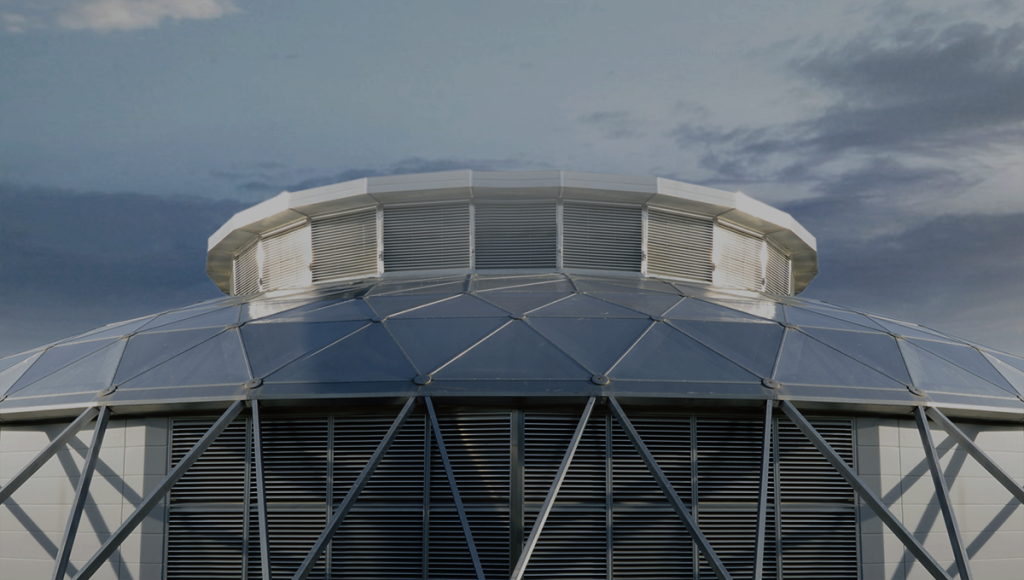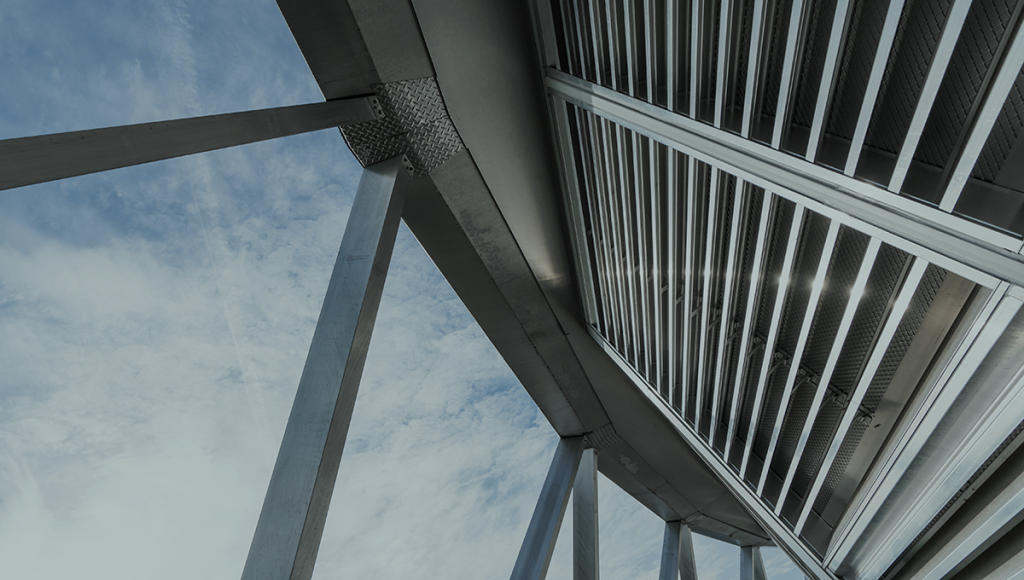Anyone who has ever been involved with a construction project knows that there are a multitude of decisions that need to be made. When it comes to data centers, these decision points grow exponentially in terms of the volume. For ServerDomes, each one of these decision points presents an opportunity to improve efficiency.
Creating a Data Center Ecosystem
In a well-designed ecosystem, there is a symbiosis, where each component is working together to maximize performance while minimizing costs. At the heart of the ServerDomes ecosystem is the geodesic dome structure — an inherently efficient structure that does far more than give our data center its unique appearance.
The power of passive cooling systems and domes in architecture have been with humans for a long time as can be seen in many ancient structures. Even in nature we find certain insects taking advantage of the dome shape when constructing their habitats. The first Geodesic Dome was designed by Walther Bauersfeld in the 1920’s, but it was Buckminster Fuller, in the 1940’s, who really understood the potential of the dome and how it could be used for solving modern construction and operational challenges. Our patented design, which is inspired by Buckminster’s conclusions, creates the perfect environment for a passive air flow system for cooling servers/computers for use in a data center.
A Virtuous Cycle
Like most data centers, the Serverdome keeps the cold air intake separate from the hot air outtake. In other words, there is hot aisle/cold aisle containment. As hot air is expelled from the back of a server, it goes into the hot aisle. The hot aisle is open at the top and exposed to the dome. The hot air rises up through the dome where it escapes out of the cupola at the top. This process does not require any active systems. In a standard data center, this transfer of heat requires expensive and power-hungry HVAC systems to do the same work. So, in terms of efficiency, ServerDomes wins that contest. But it gets even better: the outside structure creates an airfoil around the cupola, facilitating the extraction of hot air due to a vacuum around that cupola that actually sucks the hot air out of the dome and pushes it away from the structure, keeping hot air from re-entering the dome at the intakes below.
As the hot air is rising through the dome it mixes with existing air, some of which will retain heat while some of it will cool. While the hot air continues to rise and escape out the cupola, the colder air will fall, naturally following the interior shape of the dome on its descent. That cold air will settle just above the air intakes where the data center controller is able to open louvers to allow that air to feed into the fan system. This gives the data center operator a lot of control. By manipulating the volume of the cold air intake from the dome and the volume of air from the outside into the mixing area, the controller can regulate both temperature and humidity of the intake air without use of heaters and dehumidifiers that other data centers must rely on. During extreme events, this naturally-efficient cycle allows the Server Dome to enter into a recirculation mode, where it uses only recirculated air. (SEE PORTLAND HEAT DOME STORY)
Nature does the heavy lifting.
What makes the ServerDome so different from any other data center on the market is that the structure design passively utilizes the laws of thermodynamics to do all the hard work for free. While other data center operators need to update their equipment to maximize efficiency, ServerDome has a distinct advantage. Not only can a ServerDome make use of the same equipment choices as other operators, but it has all of the built in passive systems that no other design could ever match. So, from an efficiency perspective, whatever your data center can do, a ServerDome does it better.








